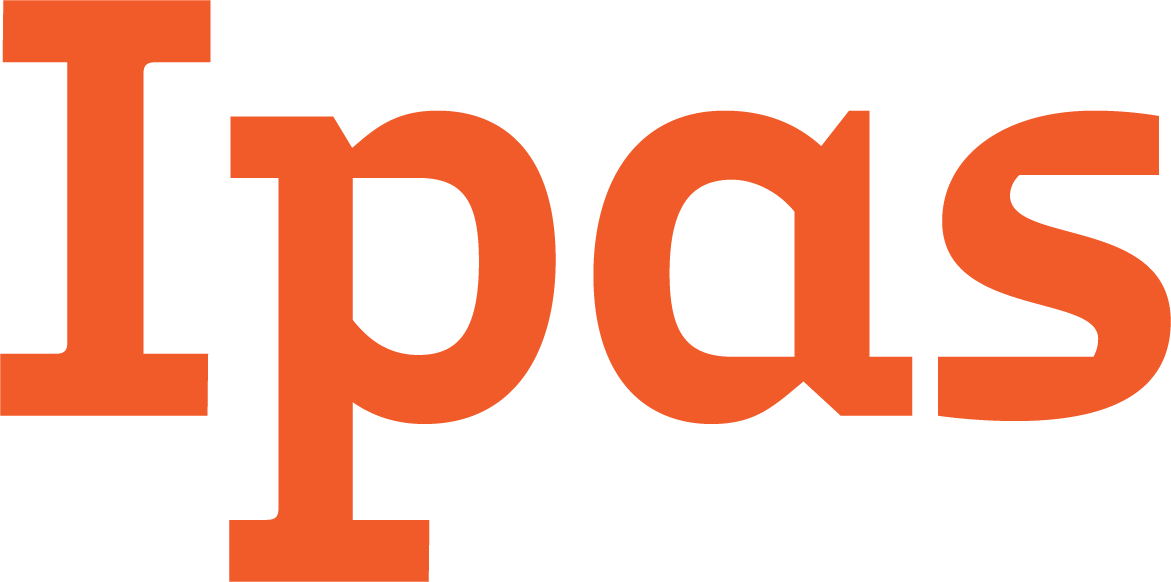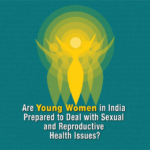
Young Indian women often face social, economic, logistical, policy and health system barriers when accessing sexual and reproductive health services, including safe abortion care. A cross-sectional household survey was conducted in July – August 2012 in Jharkhand, India. We interviewed 1,381 young women (15-24 years) to assess their knowledge, agency, and skills on SRH issues, including safe abortion, and to identify barriers and influencers that lead to particular behaviors, decisions, or service utilization.
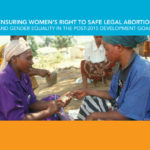
This publication explains how international conferences and development agendas have increasingly recognized women’s reproductive rights, including the right to safe abortion, as a necessary component of achieving gender equality. The document calls on world leaders to focus on gender equality and decriminalization of abortion in the post-2015 development framework.
Ipas works with the International Federation of Medical Students Associations (IFMSA) to train medical students from around the world on the importance of safe abortion access for women’s health. Here, Joe Cherabie, a medical student in Lebanon and IFMSA student trainer on safe abortion, explains why he believes these trainings are so important.
Ipas works with the International Federation of Medical Students Associations (IFMSA) to train medical students from around the world on the importance of safe abortion access for women’s health. Here, Joe Cherabie, a medical student in Lebanon and IFMSA student trainer on safe abortion, explains why he believes these trainings are so important.
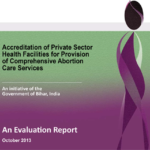
Recognizing the need to increase access to safe abortion services to reduce maternal mortality and morbidity, in 2011 the Government of Bihar developed a new mechanism of accrediting and subsidizing private health care facilities. The program, Yukti Yojana (“a scheme for solution”), accredits eligible health facilities and supports them in providing abortion-related services free of charge to low-income women. This is the first PPP model in India to ensure access to safe abortion services free of cost at accredited private facilities. This study evaluates the efficacy of the first phase of intervention for scaling up further and replicating the same model in other states.
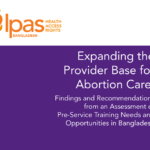
In 2012, Ipas undertook an assessment in Bangladesh, India, Nepal and Pakistan to determine the specific needs and gaps in the pre-service education systems for midlevel providers and to identify opportunities, strategies and recommendations for creating more equitable access to safe abortion care. Sources for the pre-service assessment include curricular review; government documents; key informant interviews; reports; assessments of provider performance and training; and site observation visits. The assessment results and recommendations in this report focus on Bangladesh.
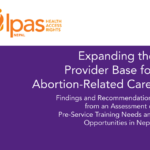
In 2012, Ipas undertook an assessment in Bangladesh, India, Nepal and Pakistan to determine the specific needs and gaps in the pre-service education systems for midlevel providers and to identify opportunities, strategies and recommendations for creating more equitable access to safe abortion care. Sources for the pre-service assessment include curricular review; government documents; key informant interviews; reports; assessments of provider performance and training; and site observation visits. The assessment results and recommendations in this report focus on Bangladesh.
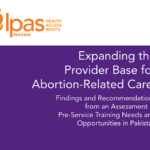
In 2012, Ipas undertook an assessment in Bangladesh, India, Nepal and Pakistan to determine the specific needs and gaps in the pre-service education systems for midlevel providers and to identify opportunities, strategies and recommendations for creating more equitable access to safe abortion care. Sources for the pre-service assessment include curricular review; government documents; key informant interviews; reports; assessments of provider performance and training; and site observation visits. The assessment results and recommendations in this report focus on Bangladesh.
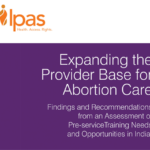
In 2012, Ipas undertook an assessment in Bangladesh, India, Nepal and Pakistan to determine the specific needs and gaps in the pre-service education systems for midlevel providers and to identify opportunities, strategies and recommendations for creating more equitable access to safe abortion care. Sources for the pre-service assessment include curricular review; government documents; key informant interviews; reports; assessments of provider performance and training; and site observation visits. The assessment results and recommendations in this report focus on Bangladesh.

Support H.R. 3206: The Global Sexual and Reproductive Health Act of 2013, which would ensure access to comprehensive sexual and reproductive health care that includes safe abortion.
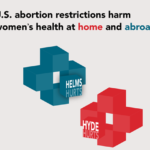
The Hyde and Helms Amendments restrict federal funding for legal abortion care here and abroad and unfairly penalize women for being poor. This is a fact sheet comparing these U.S. policies on abortion.
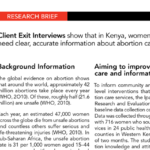
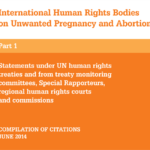
This publication, which contains four different parts and was updated in June 2014, presents human rights agreements, treaties and policies that address maternal mortality, unwanted pregnancy and abortion as they relate to global reproductive rights work. Part 1: Statements under UN human rights treaties and from treaty monitoring committees, Special Rapporteurs, regional human rights courts and commissions
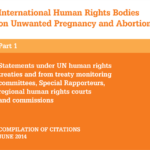
This publication, which contains four different parts and was updated in June 2014, presents human rights agreements, treaties and policies that address maternal mortality, unwanted pregnancy and abortion as they relate to global reproductive rights work. Part 2: Statements from regional treaties, human rights commissions, Special Rapporteurs, and other intergovernmental bodies
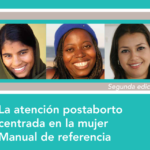
Este manual fue creado para preparar a profesionales de la salud para que proporcionen servicios de atención postaborto de alta calidad. Es útil para una audiencia general, que incluye personal clínico, capacitadores, gerentes de programas y personas que llevan a cabo actividades de extension comunitaria. Ofrece información clínica a fondo sobre opciones seguras y eficaces para la evacuación endouterina en el primer trimestre y aborda asuntos generales relacionados con la prestación de servicios y el acceso a estos, tales como los derechos de las mujeres jóvenes, comunicación entre usuarias y prestadores de servicios, y monitoreo para mejorar los servicios. Puede ser utilizado en países donde no existen indicaciones legales para el aborto inducido o donde existen importantes restricciones al aborto inducido.

